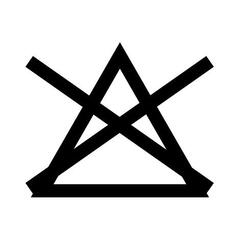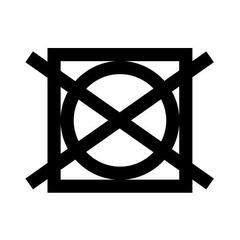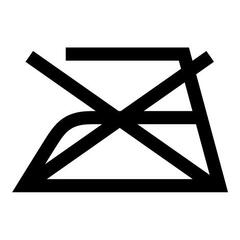Cut
This jacket has a fitted cut. Its stretchy fabric allows you greater freedom of movement when you're hiking. A warm layer, such as a fleece or a light padded jacket can be worn underneath.
You can choose your usual size, or a size above if you don't want it to be worn fitted.
Quick-adjusting, 3D hood
One adjustment, just one movement to adjust the hood! 3-point adjustment system (height, depth and volume) thanks to 1 single elastic drawcord + tightening.
Deep, enveloping hood for excellent comfort.
Visor for maximum face protection.
JACKET STRUCTURE / 3 LAYERS
This jacket is made up of 3 layers, the best protection there is on the market: the membrane is glued between the inner and outer component layer (hence it being called 3 layers).
The membrane is a kind of very thin polyurethane film that makes the component waterproof while remaining breathable.
It is protected by knitted fabric and has the advantage of being softer, lighter, more durable and often more breathable than a coating.
HOW TO LOOK AFTER YOUR JACKET
This jacket has taped seams (to ensure perfect waterproofing) which are vulnerable to machine washing and may peel off over time. We therefore recommend using a sponge and water to clean any marks on the jacket, and to machine wash it as little as possible at 30°C, if you want it to use it for trekking for as long as possible.
WATERPROOFNESS TEST
Waterproofing is measured by a fabric’s resistance to water pressure expressed in mm of water column (JIS 1092 standard).
The higher the water pressure, the more waterproof the fabric.
The component of this product has a waterproof rating of 25,000 mm, i.e. it can withstand the pressure exerted by a 25,000 mm column of water.
This is also equivalent to 25 000 Schmerbers.
BREATHABILITY TEST
Component breathability is measured by its thermal evaporative resistance (RET).
This is its capacity to let water vapour generated by the body during physical activity escape and therefore avoid water accumulating on the skin.
The lower the RET, the more breathable the fabric.
RET ≤ 6: very breathable fabric
RET ≤ 12: breathable fabric
RET ≤ 20: little breathability
Our product has a 6 RET rating
Product design: our expertise
Our Quechua global design centre is based in Passy, at the foot of Mont-Blanc in Haute Savoie.
This location makes it a real meeting place for our teams (designers, product managers, engineers, etc) and outdoor sports enthusiasts.
A great asset for designing your mountain walking products and providing you with all our expertise.
HOW TO RESTORE THE JACKET'S WATER-REPELLENCE?
The water-repellent property of a fabric is its capacity to make water run off its surface without absorbing it. This prevents the fabric from soaking up water and keeps it lightweight and breathable. The fabric is made water-repellent by treating its outer surface, however this property may deteriorate with use.
All the steps to restore the water-repellent properties are below:
https://conseilsport.decathlon.fr/conseils/comment-reactiver-la-deperlance-de-sa-veste-tp_22965
RECOMMENDED COMPLEMENTARY PRODUCT
The MH500 over trousers protect the lower half of your body for a complete and effective rain protection system for your mountain outings.
OUR ENVIRONMENTAL APPROACH
Because we are aware that we must act to preserve our playground, Quechua is committed to limiting the environmental impact of its products.
Today, this product is not eco-designed, but we work every day to make it more responsible: eco-design, repairability and sustainability are at the heart of our developments.
WHERE DO OUR MH900 JACKETS COME FROM
Created in our international design centre at the foot of Mont Blanc in France, this jacket is then manufactured and assembled by our suppliers in China.
These are partners that have genuine expertise in making our tents and with whom we are in close collaboration.
Thanks to this relationship of trust with our industrial partners, we can create high-quality technical products.
Working conditions in our production workshops
We guarantee that our suppliers comply with our code of conduct. These suppliers are often located in developing countries where our presence helps to create jobs.
By conducting audits and having teams on site, we make sure that the working environment of the employees meets certain quality standards in terms of human respect, personal fulfilment and environmental protection.




